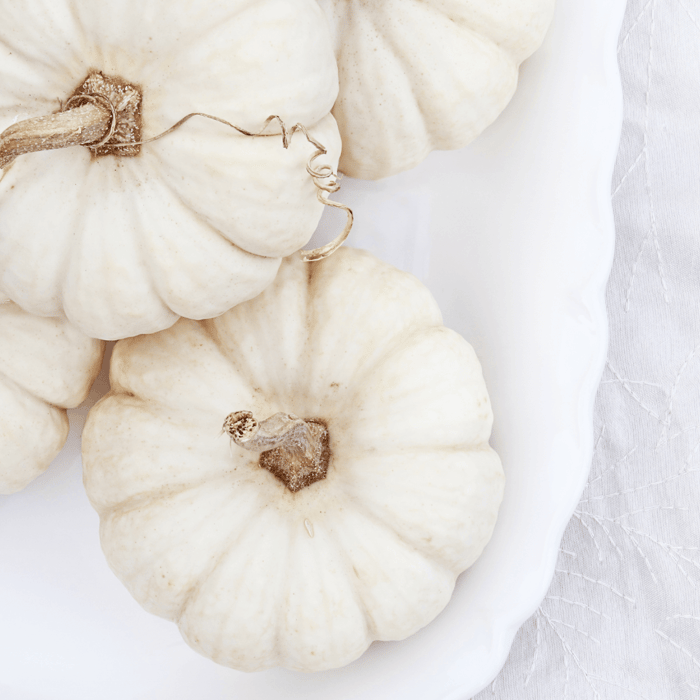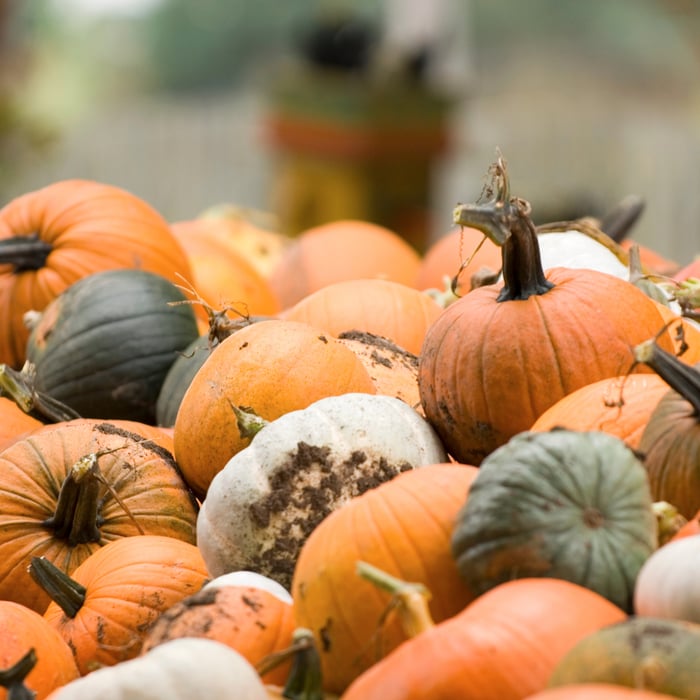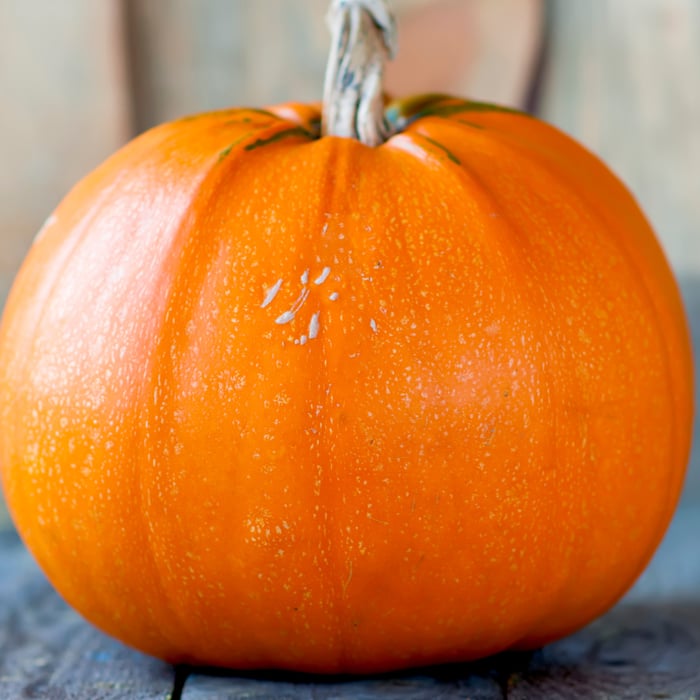If you're looking to grow pumpkins in Florida, you're in luck. While pumpkins may not be the first thing that comes to mind when you think of Florida's hot and humid climate, with the right planning and care, you can successfully grow pumpkins in the Sunshine State. In this article, we'll cover everything you need to know on how to grow pumpkins in Florida, from choosing the right varieties to caring for your plants throughout the growing season.
Choosing the Right Pumpkin Varieties for Florida
The first step to growing pumpkins in Florida is to choose the right varieties. Not all pumpkin varieties are suited to Florida's warm and humid climate. Here are some pumpkin varieties that are known to do well in Florida:
- Seminole Pumpkin: This pumpkin variety is native to Florida and is well-suited to the state's warm and humid climate. Seminole pumpkins are known for their hardiness and resistance to disease and pests.
- Big Max: This variety is known for producing huge pumpkins that can weigh up to 100 pounds or more. Big Max pumpkins do well in Florida's warm climate but may require extra care to prevent pests and diseases.
- Jack-o-Lanterns: These classic Halloween pumpkins are a popular choice for carving and decorating. Look for varieties that are suited to warm climates, such as "Funny Face" and "Big Moon."
- Pie Pumpkins: If you're planning to use your pumpkins for cooking, look for pie pumpkin varieties such as "Small Sugar" and "Early July." These pumpkins are smaller and sweeter than carving pumpkins and are ideal for making pies, bread, and other baked goods.
Pumpkin Seeds for Planting | 5 Variety Pack
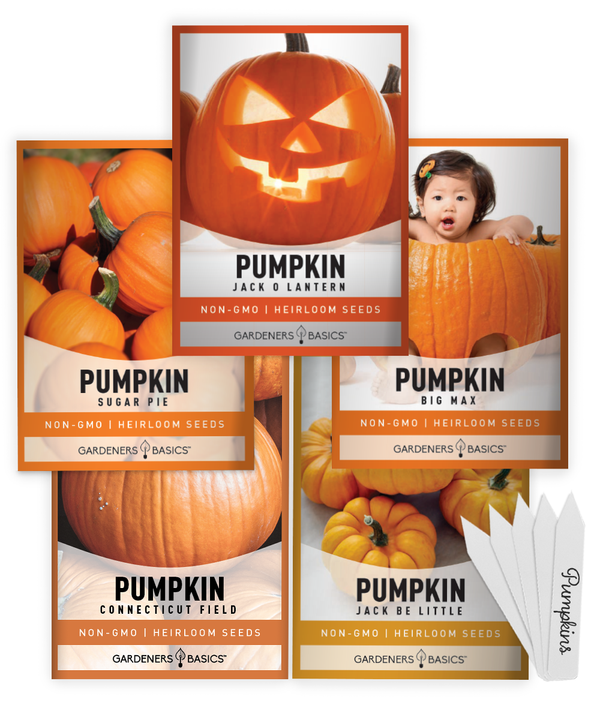
$9.95
5 Unique Pumpkin Varieties: Non-GMO Heirloom Seeds for Your Garden Introducing our 5 Pumpkin Seeds Variety Pack, the perfect selection for pumpkin lovers and gardeners alike. Whether you want to grow pumpkins for pies, fall decorations, or carving, this seed variety… read more
Planting Pumpkins in Florida
Once you've chosen your pumpkin varieties, it's time to start planting. Here's what you need to know to get your pumpkin seeds in the ground:
- Timing: In Florida, pumpkins can be planted from late March through mid-July. For best results, plant your pumpkin seeds in the spring or early summer to give them plenty of time to grow before the hot summer weather sets in.
- Location: Choose a sunny spot with well-drained soil for your pumpkin patch. If you're short on space, pumpkins can also be grown in small gardens or even in containers.
- Planting: Plant your pumpkin seeds about 1 inch deep and 3-5 feet apart. Water thoroughly after planting to help the seeds settle in.
Caring for Your Pumpkin Plants
Once your pumpkin seeds have sprouted, it's time to start caring for your plants. Here are some tips for keeping your pumpkins healthy and happy throughout the growing season:
- Watering: Pumpkins need consistent moisture to grow, so be sure to water them regularly. Aim to give your plants about 1-2 inches of water per week.
- Fertilizing: Use a balanced fertilizer to help your pumpkins grow strong and healthy. Apply the fertilizer according to the package instructions, usually once a month.
- Pest and Disease Control: Keep an eye out for pests such as squash bugs and cucumber beetles, which can damage your plants. If you notice any signs of pests or disease, treat your plants with a pesticide or fungicide as needed.
Ensuring Fruit Set
One of the most important parts of growing pumpkins is ensuring that your plants produce fruit. Here's what you need to know to ensure a good fruit set:
- Pollination: Pumpkins require pollination to produce fruit. Bees are the primary pollinators for pumpkins, so make sure to plant flowers and other plants that attract bees to your garden.
- Male and Female Flowers: Pumpkins produce both male and female flowers, and it's important to know the difference between the two. Male flowers have a long, thin stem and no fruit behind the flower. Female flowers have a swollen, bulbous base that will eventually become pumpkins. It's important to have a good balance of male and female flowers to ensure a proper fruit set.
- Hand Pollination: If you're having trouble with fruit set, you can also try hand pollination. Use a small brush or cotton swab to transfer pollen from the male flowers to the female flowers. This can help ensure that your pumpkins produce fruit.
Harvesting and Storing Your Pumpkins
Once your pumpkins are mature and ready to harvest, it's important to do so carefully to avoid damage. Here are some tips for harvesting and storing your pumpkins:
- Harvesting: Pumpkins are ready to harvest when the skin is hard and the stem is dry and brown. Use a sharp knife to cut the stem about 2 inches above the pumpkin.
- Curing: After harvesting, allow your pumpkins to cure in a cool, dry place for 10-14 days. This will help the skin to harden and protect the pumpkin from pests and diseases.
- Storing: Once your pumpkins are cured, store them in a cool, dry place with good air circulation. Avoid storing them on concrete or damp surfaces, which can cause them to rot. Pumpkins can be stored for several months if properly cured and stored.
Using Heirloom Pumpkin Seeds
If you're interested in preserving the genetic diversity of pumpkin varieties, you may want to consider using heirloom pumpkin seeds. Heirloom seeds are from plants that have been grown for generations without any hybridization or genetic modification. Here are some tips for using heirloom pumpkin seeds:
- Seed Saving: If you want to save your own heirloom pumpkin seeds, allow a few of your pumpkins to fully ripen and mature on the vine. Cut open the pumpkin and remove the seeds, then rinse and dry them thoroughly.
- Seed Sources: You can also purchase heirloom pumpkin seeds from seed companies and nurseries. Look for companies that specialize in heirloom seeds and have a good reputation for quality and customer service.
- Variety Selection: With heirloom pumpkin seeds, you have a wide variety of pumpkin types and flavors to choose from. Experiment with different varieties to find the ones that grow best in your climate and meet your needs.
FAQ: How to Grow Pumpkins in Florida
Sugar Pie Pumpkin Seeds
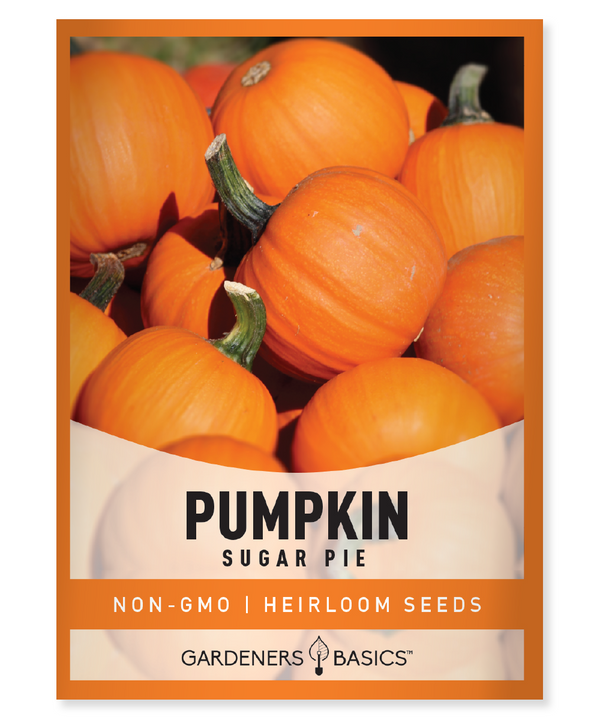
$2.49
Sugar Pie Pumpkin Seeds - Heirloom, Non-GMO, Non-Hybrid, Open-Pollinated – Perfect for Sweet, Flavorful Pumpkins Discover the joy of growing Sugar Pie Pumpkin seeds, a classic heirloom variety celebrated for its sweet, fine-grained flesh, perfect for pies, soups, and other… read more
Here are some common questions and answers about growing pumpkins in Florida:
Q: Can I grow pumpkins in a small garden?
A: Yes, pumpkins can be grown in small gardens or even in containers. Look for varieties that are suited to smaller spaces, such as "Small Sugar" and "Early July."
Q: When is the best time to plant pumpkin seeds in Florida?
A: Pumpkins can be planted in Florida from late March through mid-July. For best results, plant your pumpkin seeds in the spring or early summer to give them plenty of time to grow before the hot summer weather sets in.
Q: How do I ensure good fruit set in my pumpkin plants?
A: Pumpkins require pollination to produce fruit. Bees are the primary pollinators for pumpkins, so make sure to plant flowers and other plants that attract bees to your garden. Also, make sure you have a good balance of male and female flowers to ensure a proper fruit set.
Q: How do I know when my pumpkins are ready to harvest?
A: Pumpkins are ready to harvest when the skin is hard and the stem is dry and brown. Use a sharp knife to cut the stem about 2 inches above the pumpkin.
Q: How long can I store my harvested pumpkins?
A: Once your pumpkins are cured, store them in a cool, dry place with good air circulation. Avoid storing them on concrete or damp surfaces, which can cause them to rot. Pumpkins can be stored for several months if properly cured and stored.
Q: Can I use heirloom pumpkin seeds in Florida?
A: Yes, you can use heirloom pumpkin seeds in Florida. Look for varieties that are suited to warm climates and experiment with different varieties to find the ones that grow best in your climate and meet your needs.
Conclusion
Growing pumpkins in Florida may require a little extra care and attention, but it's definitely possible. By choosing the right varieties, planting at the right time, and providing good care throughout the growing season, you can enjoy a bountiful harvest of pumpkins. Whether you're growing pumpkins for carving, cooking, or just for fun, following these tips will help you grow healthy and happy pumpkins in your Florida garden. Now that you have a guide on how to grow pumpkins in Florida, are you going to give it a go?



